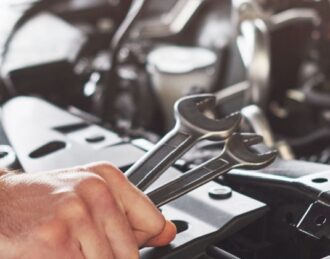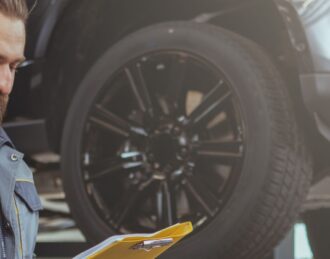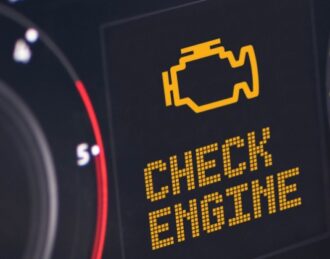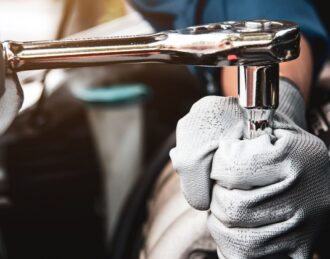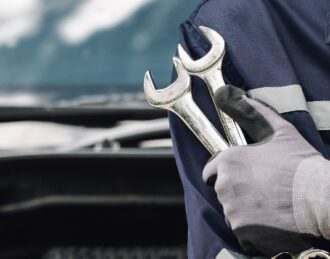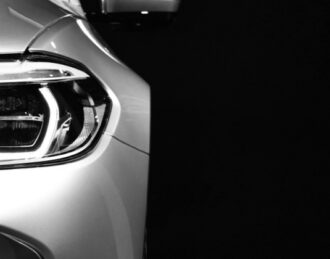Mercedes Mechanic Near Me – Central Import In Toronto, ON
Owning a Mercedes-Benz is a mark of quality, comfort, and engineering excellence. But even the best vehicles need regular care and expert service. If you’re searching for a Mercedes mechanic […]
Read more
